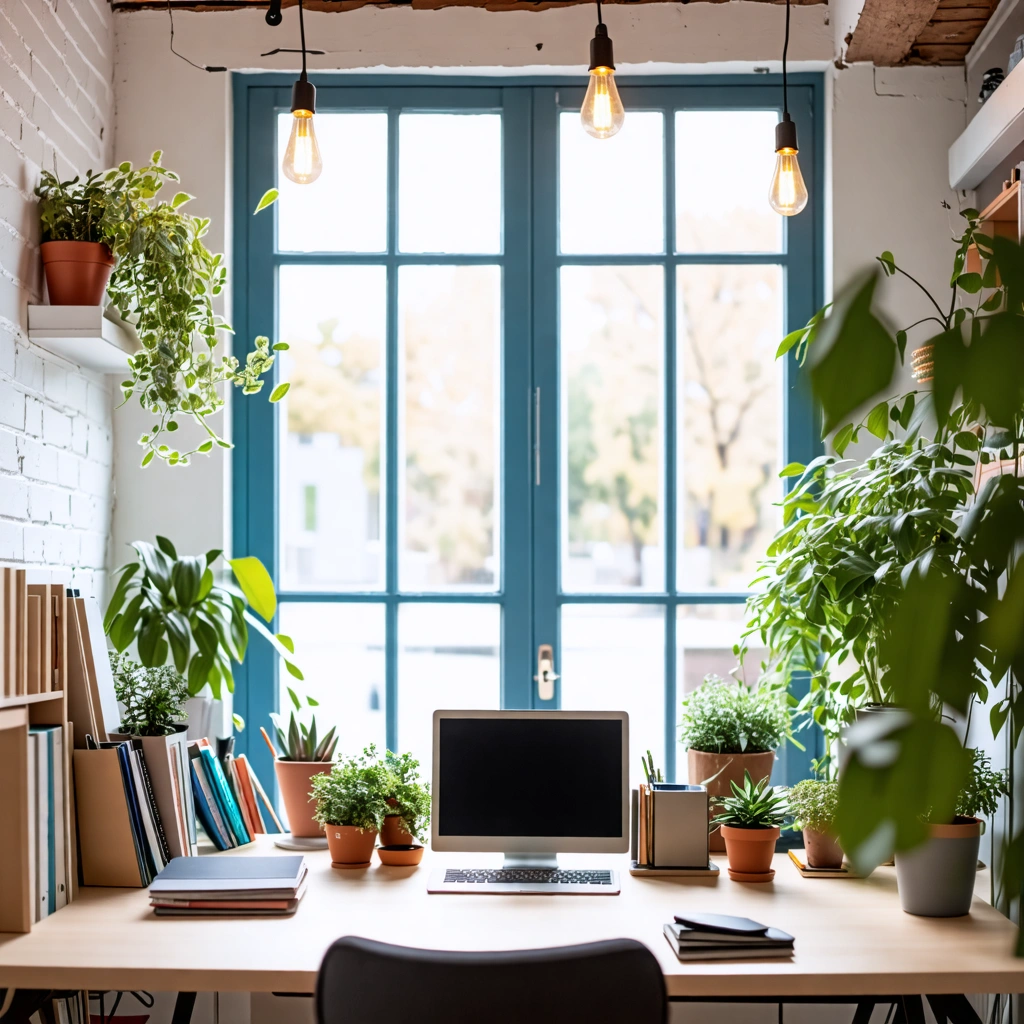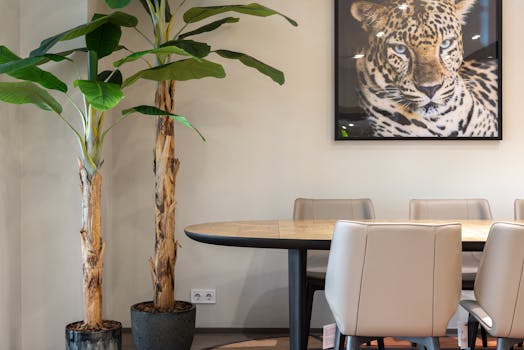
Creating a Stress-Free Workspace: Tips for a Calmer and More Productive Environment
Takeaways: A stress-free workspace is essential for maximizing productivity and improving mental well-being. By organizing your environment, decluttering, and incorporating elements that promote positivity, you can create a space that fosters creativity and reduces stress.
In today’s fast-paced world, maintaining a stress-free workspace is more crucial than ever. Whether you work from home or in a traditional office, the environment where you spend most of your time can significantly impact your productivity and mental health. This article will explore practical strategies to create a calming workspace that enhances your focus and reduces stress.
Understanding the Importance of a Stress-Free Workspace

Moreover, a well-designed workspace contributes to your overall mental well-being. An environment that promotes calmness and creativity can reduce stress levels and help you maintain a healthy work-life balance. Implementing some simple changes in your workspace can lead to significant improvements in your mood and motivation.
Step 1: Declutter Your Workspace

- Start Small: Begin with one area of your workspace, whether it’s your desk, shelves, or file cabinet. Clear out items you no longer need or use.
- Organize Papers: Use file folders or trays to organize important documents. Consider going paperless where possible to reduce physical clutter.
- Limit Personal Items: While personal touches can make your workspace feel comfortable, too many items can contribute to clutter. Choose a few meaningful items to display.
- Daily Maintenance: Set aside a few minutes each day to tidy your workspace. This will prevent clutter from building up again.
Step 2: Design for Comfort and Productivity

- Invest in Ergonomic Furniture: Choose a chair and desk that support good posture. An adjustable chair can help reduce strain on your back and neck.
- Optimize Your Computer Setup: Your computer screen should be at eye level to prevent neck strain. Use a monitor stand if necessary.
- Use Adequate Lighting: Ensure your workspace is well-lit. Natural light is ideal, but if that’s not possible, invest in good quality desk lamps.
- Incorporate Plants: Adding greenery to your workspace can improve air quality and create a calming atmosphere. Choose low-maintenance plants like succulents or snake plants.
Step 3: Create a Positive Atmosphere

- Choose Calming Colors: The colors in your workspace can affect your mood. Soft blues, greens, and neutrals are known to be calming.
- Add Personal Touches: Personalize your space with artwork or photos that inspire you, but keep it minimal to avoid clutter.
- Incorporate Soothing Scents: Use essential oils or scented candles to create a pleasant aroma in your workspace. Scents like lavender and citrus can promote relaxation.
- Play Background Music: Soft instrumental music or nature sounds can help reduce stress and improve concentration.
Conclusion






